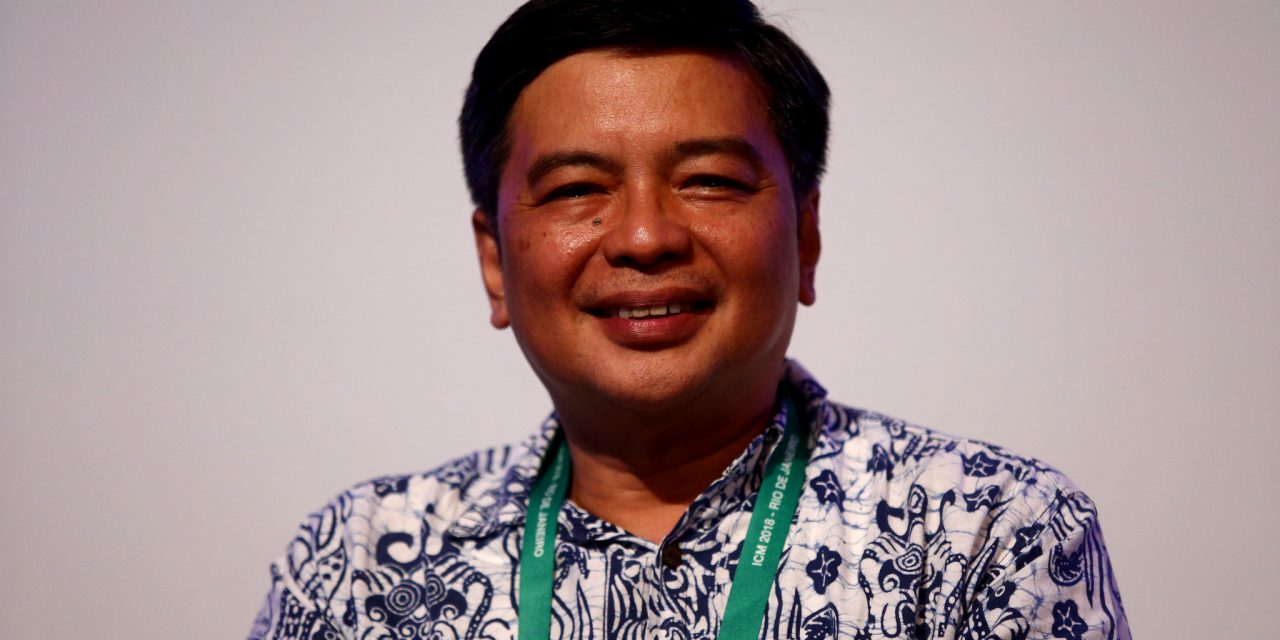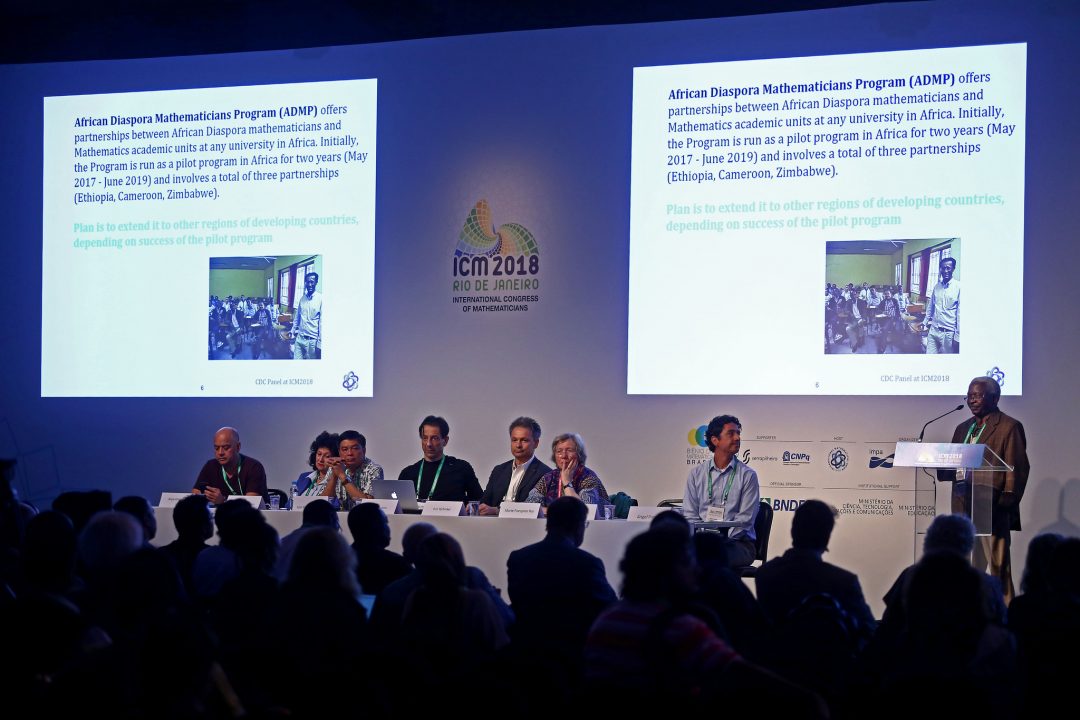August 7, 2018, 10:32 pm

Jose Maria Balmaceda, a representative of the Southeast Asian Mathematical Society (SEAMS), wants the world to know that Asia is very diverse, rather than categorizing the whole region as a monolithic society. He said there are big contrasts in math research and education across the continent. “Some countries are producing very advanced research mathematicians,” said Balmeceda, “but others have to worry about students getting to class.”
SEAMS includes Singapore, which has more than 5,000 math researchers and Cambodia, which has only three. Hong Kong schools middle schools have massive numbers of math teachers, while schools in the Philippines sometimes don’t have enough desks for students. “This is a challenge that can also be turned into a strength because we can also learn from our differences,” said Balmaceda, Dean of the College of Science at the University of the Philippines Diliman.
Read more:

SEAMS is a conglomerate of math societies from Philippines, Malaysia, Singapore, Thailand, Cambodia, Hong Kong, China, Indonesia, Myanmar, Indonesia, and Vietnam. Their representative briefly outlined the math experience of each member state, noting the SEAMS goal to add Laos and Brunei as members.
The association works to forge regional and bilateral partnerships, assist in the establishment of national math societies, publishes the Southest Asian Bulletin of Mathematics, and organizes the Asian Mathematical Conference (held every 4-5 years). The next event will be held in Vietnam in 2020.
Singapore and Hong Kong regularly produce advanced research mathematicians. Myanmar and Cambodia are poor countries and research output is low. Philippines and Indonesia are considered to be somewhere in-between in production of math studies. Each society is independent but they collaborate to help each other. “Maybe something that works in Thailand might be useful in the Philippines,” Balmaceda explained, adding that developing countries face challenges in funding math. “What do you fund? Classrooms or high tech equipment or labs,” he asked.
In the Philippines, SEAMS supports a traveling advanced math institute, created by the local math body, something Balmaceda hopes can be replicated in other countries throughout Southeast Asia.
The Philippine researcher shared the work of SEAMS on a panel that featured organizations and foundations who work to strengthen math in developing countries. The panel was sponsored by the Committee for Developing Countries of the International Math Union and moderated by Angel Pineda.
On the panel were: Wandera Ogana, president of the CDC, who presented IMU activities; Marie-Françoise Roy, chair of the IMU Committee for Women in Math; Yuri Tschinkel, representative of the Simons Foundation; Paolo Piccione, President of the Brazilian Mathematical Society; Nouzha El Yacoubi, President of the African Mathematical Union; Alejandro Jofre, Secretary of UMALCA; and Jose Maria Balmaceda, President of the Southeast Asian Mathematical Society.